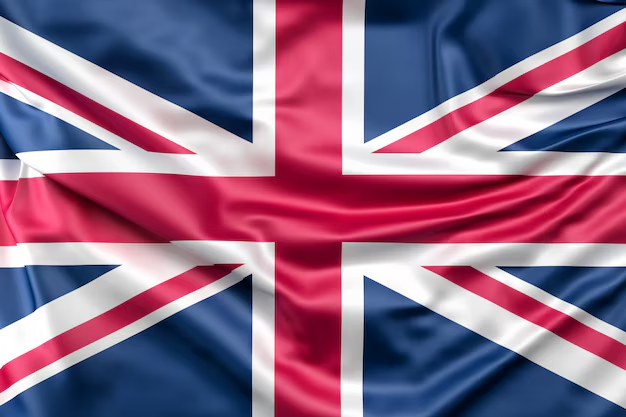
A promising project aiming to end Europe’s hydrogen supply by connecting North Africa, Italy, Austria, and Germany through a 3,300 km long hydrogen corridor. This hydrogen pipeline will enable renewable hydrogen produced in the southern Mediterranean to reach the main European demand centres.
The energy ministries of Germany, Austria and Italy signed a joint letter of political support for the development of the SoutH2 Corridor, the “southern hydrogen corridor”, in the European Union and its respective infrastructure projects to obtain the status of Project of Common Interest (PCI). This proposal was welcomed by Snam Italy, Trans Austria Gasleitung (TAG) and Gas Connect Austria (GCA) in Austria and Bayernets in Germany (Breilean, 2023).
In addition to the summit between the heads of the energy portfolios, the transmission system operators (TSOs) of these territories, the Italian Snam, the Austrian TAG and GCA and the German Bayernets, were also present. They all issued statements in support of the political alignment for the development of the pipeline that will connect North Africa with Italy, Austria, and Germany for hydrogen transport. This corridor will have a capacity of four million tonnes of hydrogen per year, the equivalent of 133.2TWh/year which means that the SoutH2 corridor could provide 40% of the REPowerEU import target. Proponents of the plan are seeking designation as a “project of common interest” to access funding. The nation led by Olaf Scholz is betting big on Algeria. Accordingly, the two countries signed a memorandum of understanding at the end of 2022 for the creation of the inaugural hydrogen plant in North Africa. This agreement was signed between Sonatrach, the Algerian state-owned oil company, and the German gas company VNG AG. According to the Algerian authorities, the planned plant will have a production capacity of 50 megawatts (Leal, 2023).
The SoutH2 corridor has been brewing for several months in the shadow of the radiant plan led by Spain together with France and Portugal called H2Med. A plan blessed by the European Commission, but which will have 2,597 kilometres less than the proposal of the entente between Giorgia Meloni and Olaf Scholz. H2Med started off strong with great integrity among all countries involved, but soon the first cracks appeared. These were due to the confrontation between Spain and France over the colour of the gas to be transported: green (generated by wind and solar energy) or pink (via nuclear). A ‘crisis’ that has not been overcome. On the other hand, it was claimed that it would be able to transport 10% of the EU’s hydrogen consumption by 2030. The cost of the project is estimated to be around 2.5 billion euros. However, Enagás went further and put the total investment at around 7 billion euros (Leal, 2023).
The implementation of the ambitious H2 South Corridor plan will serve as the basis for the European hydrogen network. Besides, the European Union’s decarbonization goals and efforts to cut greenhouse gas emissions are in line with this project (Biogradlija, 2023).
The project, which is expected to be operational in 2023, is an important step towards building the necessary infrastructure for the widespread use of renewable hydrogen. At the same time, it strengthens Algeria’s position as a major European gas supplier and accelerates the transition to a cleaner and more environmentally friendly economy.
References
Breilean, I. (2023). SoutH2-Corridor could ease European hydrogen supply tightness as pipeline moves forward. Inependent Comodity Intelligence Services. Retrieved from: https://www.icis.com/explore/resources/news/2023/05/09/10883496/south2-corridor-could-ease-european-hydrogen-supply-tightness-as-pipeline-moves-forward/
First online (2023). “Hidrógeno: apoyo político de Italia, Alemania y Austria al corredor SoutH2” (Hydrogen: political support from Italy, Germany and Austria for the SoutH2 corridor). https://www.firstonline.info/es/hidr%C3%B3geno-Italia%2C-Alemania-y-Austria-tienen-apoyo-pol%C3%ADtico-para-el-corredor-sur2/
Leal, J. (2023). Italy and Germany agree with Algeria on a gas pipeline larger than that of Spain and France. TheObjective. Retrieved from: https://theobjective.com/economia/2023-05-30/italia-alemania-argelia-gasoducto/
Biogradlija, A. (2023). From Algeria to Europe: Bridging the Gap with the SoutH2 Hydrogen Pipeline. H2 energy news. Retrieved from: https://energynews.biz/from-algeria-to-europe-bridging-the-gap-with-the-south2-hydrogen-pipeline/
By The European Institute for International Law and International Relations.














